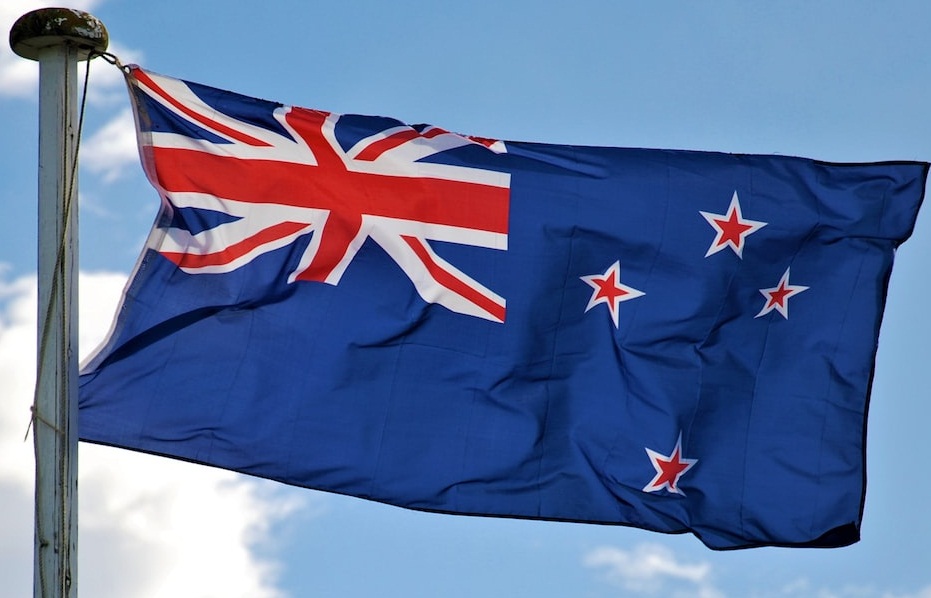New Zealand’s fabricating division, a key column of the economy, proceeds to battle despite a slight uptick in movement for April 2024. The most recent Execution of Fabricating List (PMI) from Business NZ, discharged in early May, uncovers a perusing of 48.9, which remains in the withdrawal region. In any case, the report offers a flicker of trust with advancements in a few sub-indices, recommending a potential turnaround on the horizon.
The PMI, a commerce overview that gages fabricating well-being, employments a 0-100 scale. Readings over 50 demonstrate extension, whereas those underneath flag withdrawal. This marks the 14th continuous month of compression for the division, highlighting a period of maintained decline.
“The comes about are a blended sack,” said Catherine Facial hair, Executive of Promotion at BusinessNZ. “Whereas we’re empowered to see a slight enhancement generally, the negative assumption among producers persists.”
Reasons for Contraction
Several variables are contributing to the continuous withdrawal in Unused Zealand’s fabricating division. A battling worldwide economy, coupled with rising intrigue rates and inflationary weights, has hosed requests for fabricated products. The continuous strife in Ukraine has moreover disturbed supply chains and expanded input costs for manufacturers.
Locally, the Save Bank of Unused Zealand’s (RBNZ) forceful rate climbs aimed at controlling swelling have advanced affected the segment. Whereas swelling has appeared signs of cooling, coming to 4% in April, it remains over the RBNZ’s target extent of 1-3%. This has driven businesses to fix their belts, decreasing speculation and putting off non-essential projects.
Signs of Improvement
Despite the in general compression, the April PMI report offers a few positive signs. The generation sub-index, a key degree of fabricating yield, rose to 50.8, checking its to begin with development since January 2023. This recommends that manufacturing plants are beginning to slope up generation, possibly in expectation of future demand.
Employment in the fabricating division too appeared a positive sign, with the work sub-index coming to 50.8, demonstrating slight development. This might be a welcome improvement, particularly considering concerns about potential work misfortunes in the contracting sector.
Finished stocks, another sub-index, moreover returned to a slight extension region at 50.4. This recommends that producers are not confronting a critical excess of unsold products, which might be a positive sign for future generation levels.
Challenges Remain
While these advancements offer a glint of trust, the general picture for Modern Zealand’s fabricating segment remains challenging. The Unused Orders sub-index, a pivotal marker of future generation, remains solidly in compression at 45.3. This demonstrates that producers are not getting sufficient unused orders to legitimize a critical increment in production.
The negative assumption among producers too paints a concerning picture. The report highlights an increment in the extent of negative comments from producers, rising to 69% in April compared to 65% in Walk. A need for deals and orders proceeds to be the prevailing subject, reflecting concerns around the battling household economy.
Looking Ahead
The future direction of Unused Zealand’s fabricating segment pivots on a few variables. The worldwide financial viewpoint, the viability of the RBNZ’s financial arrangement in restraining expansion without smothering development, and any potential disturbances to worldwide supply chains will all play a role.
The later changes in a few sub-indices propose a potential turning point for the segment. Be that as it may, noteworthy challenges stay, and a full recuperation is likely to be a moderate and slow handle. The government and the RBNZ will be closely checking the circumstances and may be required to execute advanced measures to bolster the segment through this challenging period.
Impact on Unused Zealand Economy
A sound fabricating division plays an imperative part in Modern Zealand’s economy. It contributes altogether to the country’s GDP, makes occupations, and cultivates development. A drawn-out withdrawal in the segment may have a swell impact on the broader economy, affecting work development, compensation, and by and large financial activity.
The continuous challenges in the fabricating segment highlight the requirement for an expanded and strong economy. The government may be required to centre on advancing development and speculation in modern advances to offer assistance to producers adjust to the changing worldwide scene. Moreover, cultivating closer exchange connections with key accomplices and investigating modern markets seem to be vital for the sector’s long-term growth.
Conclusion
New Zealand’s fabricating division is at a junction. Whereas there are provisional signs of recuperation, the street to a full turnaround remains questionable. Proceeded to observe, focused on back measures, and a centre on building a more differentiated and strong economy will be fundamental for exploring these challenging times and guaranteeing the long-term well-being of this basic segment.
